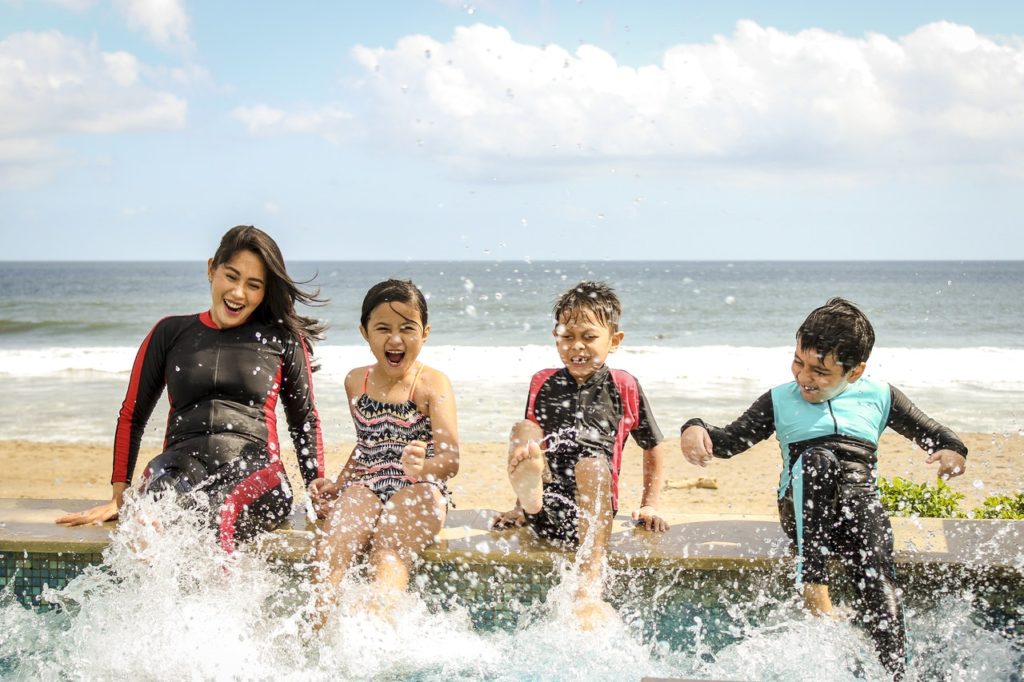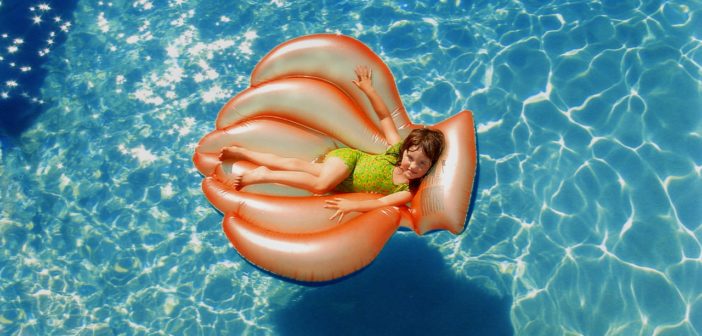As the weather warms up leading into the Australian summer there are lots of things to look forward to. Things like picnics in the park, pool parties, backyard cricket and days at the beach, just to name a few!
But as we head outside with our families to enjoy the sunshine there is one thing to be particularly wary of – sunburn.
We’ve all been there. You think you put on enough sunscreen or stayed in the shade but as the day wears on you feel that familiar prickling sensation that is usually the first indication that you’ve spent too long in the sun.
As a parent it feels even worse when you see that your child has got sunburnt. After all, we are responsible for protecting that delicate skin and it is horrible to see your child uncomfortable or in pain. But sometimes it doesn’t matter how careful you are, the Australian sun can get the better of us.
It can even get you when you least expect it. Did you know that the risk of getting sunburnt isn’t dependent on the temperature? Even in the middle of winter you can get burnt if the UV Index is high. You can learn more about the UV index and even check what the index is in your area right now using the MyUV website.
Whether you get your sunburn in winter or summer, there are lots of old wives tales about remedies. And while you may uncomfortable enough to be tempted to apply tea bags or various salad vegetables to your sunburn, here are the best treatments and ways to get relief:
1. Call it a day
At the first sign of sunburn its best to get out of the sun. While damage is already done, further exposure will worsen the burn. This not only makes it more painful, it will also take longer to heal and increase your risk of skin cancer.
2. Cool off
Just as you would with most burns, apply a cool, damp towel or compress to the area or even have a cool shower or bath to take heat from the skin.

3. Lots of lotion
There are lots of “after sun” products available to treat sunburn which aim to help moisturise the skin. Products with aloe vera are especially soothing, however dermatologists also recommend vaseline or sorbolene. If the burn is particularly painful you can get topical treatments from the chemist which contain a numbing agent. Keeping after sun gels and lotions in the fridge also helps to cool the skin. Don’t forget to reapply regularly and apply a generous amount as it will quickly absorb into burnt skin.
4. Re-hydrate
Help restore the moisture to your body from the inside out by drinking lots of water. Overexposure to the sun and dehydration go hand in hand. Water-based ice blocks may also be a good option for children, who can be particularly vulnerable to dehydration.
5. Reduce the pain
An anti-inflammatory medication such as iboprufen can help relieve the pain of bad sunburn. It will also help relieve any redness and swelling.
6. Let your skin heal
Bad burns can lead to peeling and blisters. It’s recommended not to pop blisters or peel off skin as this can leave you vulnerable to infection. Keep up the moisture and stay out of the sun while your sunburn heals.
Obviously, if you or your child has severe sunburn which is causing a lot of pain, distress or other physical symptoms such as dizziness or nausea, it is a good idea to see a doctor.
Getting sunburnt is a common but avoidable aspect of life under the Australian sun and it is important we teach our children how to look after their skin and be sun smart.

